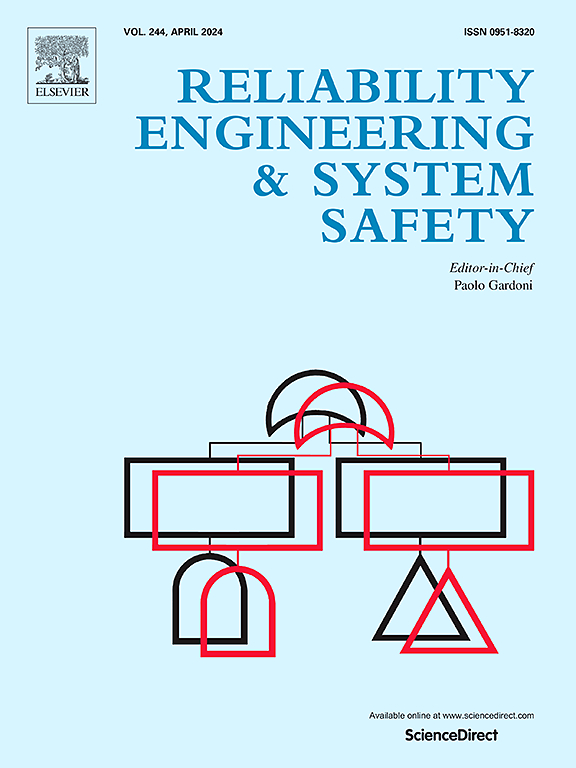Suggestion of specific performance shaping factor update for the human reliability analysis framework of the TRIGA research reactor
IF 9.4
1区 工程技术
Q1 ENGINEERING, INDUSTRIAL
引用次数: 0
Abstract
Based on the human reliability analysis (HRA) framework of the TRIGA research reactor, performance shaping factor (PSF) estimation is an important step when considering the effects of specific operating or working cultures in determining human error probabilities (HEPs). This study aims to suggest a method to develop specific PSFs for the HRA framework of the TRIGA research reactor through a TRR-1/M1 case study. The PSF survey of the HRA framework was developed based on the EMBRACE method to consider the negative impacts of each PSF compared to the normal situation of all four cognitive activities in the errors of omission and errors of commission modes. Given the varied experiences of experts, expert elicitation was employed to categorize high-performing, low-performing, and informative experts to ensure reliable data for PSF analysis. For low-performing and informative experts, the survey results of PSFs were improved by additional surveys to support an appropriate dataset for analyzing the PSFs of the HRA framework. The impact of PSFs within the HRA framework was estimated using the updated normal distribution of the posterior PSFs based on the classical model. The success likelihood index method successfully integrated all subjective expert judgments into a cohesive representation and offered a better systematic consensus model to generalize HEPs in the form of a normal distribution based on a large group of experts.
求助全文
约1分钟内获得全文
求助全文
来源期刊

Reliability Engineering & System Safety
管理科学-工程:工业
CiteScore
15.20
自引率
39.50%
发文量
621
审稿时长
67 days
期刊介绍:
Elsevier publishes Reliability Engineering & System Safety in association with the European Safety and Reliability Association and the Safety Engineering and Risk Analysis Division. The international journal is devoted to developing and applying methods to enhance the safety and reliability of complex technological systems, like nuclear power plants, chemical plants, hazardous waste facilities, space systems, offshore and maritime systems, transportation systems, constructed infrastructure, and manufacturing plants. The journal normally publishes only articles that involve the analysis of substantive problems related to the reliability of complex systems or present techniques and/or theoretical results that have a discernable relationship to the solution of such problems. An important aim is to balance academic material and practical applications.
 求助内容:
求助内容: 应助结果提醒方式:
应助结果提醒方式:


